The country of Lionel Messi has something special to welcome you?
Discover the food in Argentina, you will have the opportunity to taste the taste with many attractive.
Argentina - the 8th largest country in the world, the birthplace of talented player Lionel Messi is a country with rich and diverse cuisine. Traditional dishes are inspired by the Italian and Spanish flavors of migration alongside the combination of Andean and Patagonia, two neighboring countries. Discover the food in Argentina, diners like stepping into the exciting and exciting taste.
-Lorco: is a traditional Argentinean traditional dish, which usually appears on May 25th when the country celebrates May Revolution. It is a soft, full-bodied soup from beef or pork, corn, potatoes, beans and squash ... Not only attractive with a solidity but also bring Lorco flavorful flavor of fat between the ingredients harmonious eating. If you want to eat spicy, they also added chili Quiquirimichi, the local chili type to make the dish more stimulating taste.
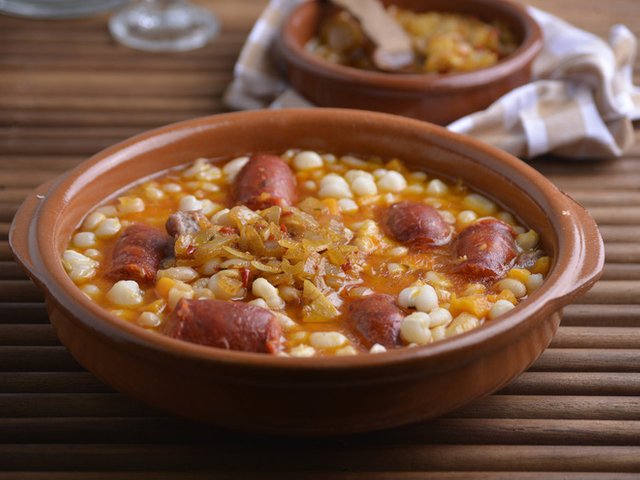
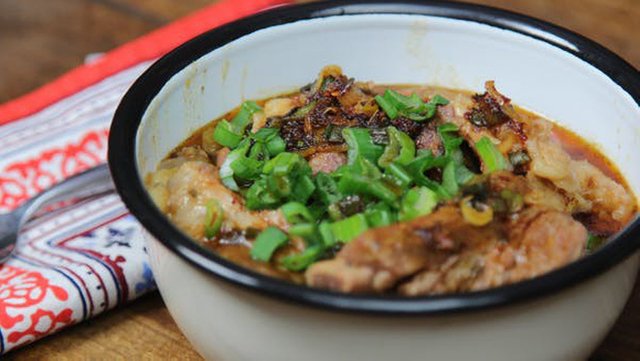
- Asado: is a true BBQ party in Argentina when the meal is full of meats such as beef, lamb, sausage, hearty dishes ... The ingredients will be seasoned in traditional spices for several hours to soak and Then bake directly on the charcoal stove. The attraction of this dish is burnt meat should be fragrant and fragrant crispy. Besides, the grease in each of the meat also makes fat and "push" the taste.
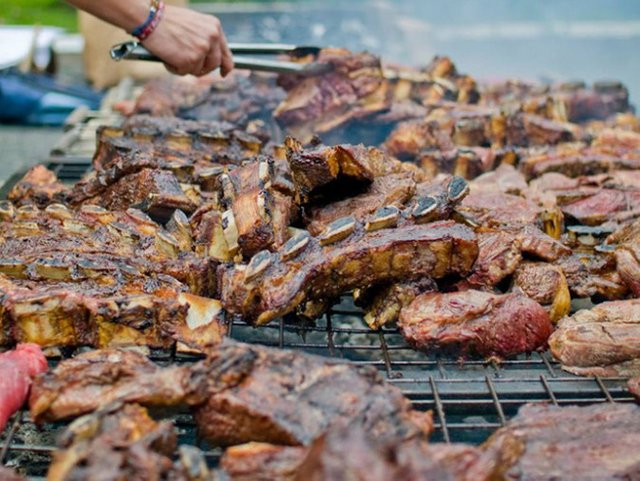
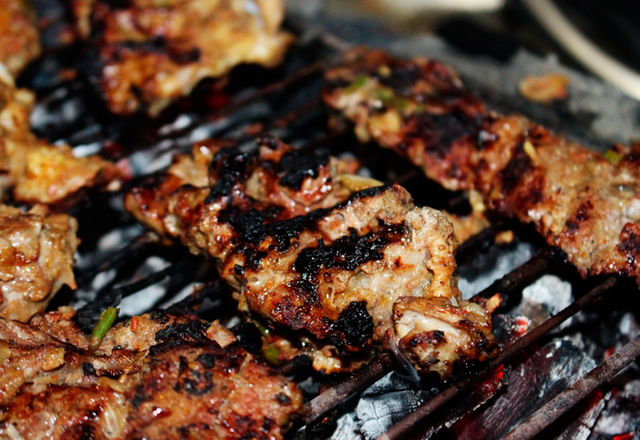
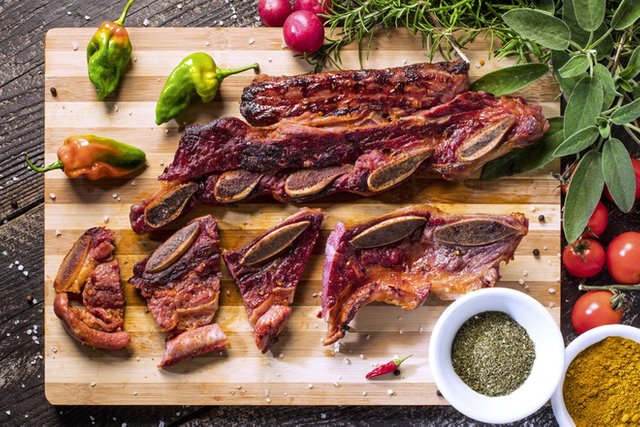
- Milanesa: If the West has beefsteak, the nation of South America also has a variation on beef from all over the country, Milanesa. The beef is medium in thickness, rolled through the flour and crumbs to crispy. It is not dry but the shell is hot, moist and smooth when combined with soft beef inside the taste.


Milanesa can be eaten with cheese, omelet and ketchup to add freshness. It is known that this is Messi is often the mother "treat" when visiting home.
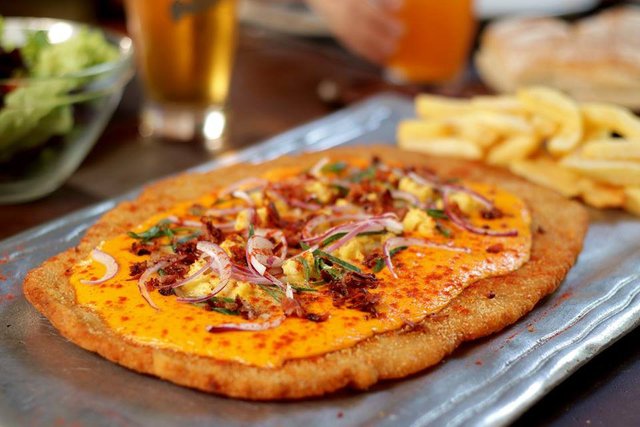
- Choripan: Popular in street food stalls in Argentina is Choripan. This street cake impresses with the fullness and enormity of the large round sausage inside. Although it is fast food, but also makes customers feel full flavor from the crunch of bread, sweet fat of sausage, rich in spicy sauce and fresh vegetable ...


- Provoleta: This is actually the name of a cheese variant in Argentina. Provoleta is made from cow's milk, covered with thin cheese, oregano and chili. The method of cooking is to grill before the melted cheese and blend into the spices. As a result, Provoleta has a very attractive and mild aroma from cow's milk.
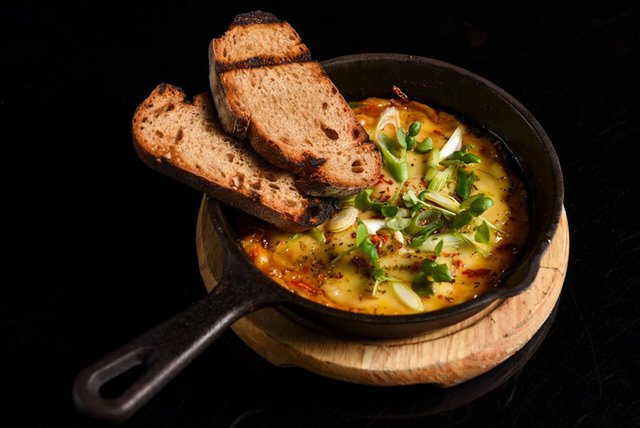
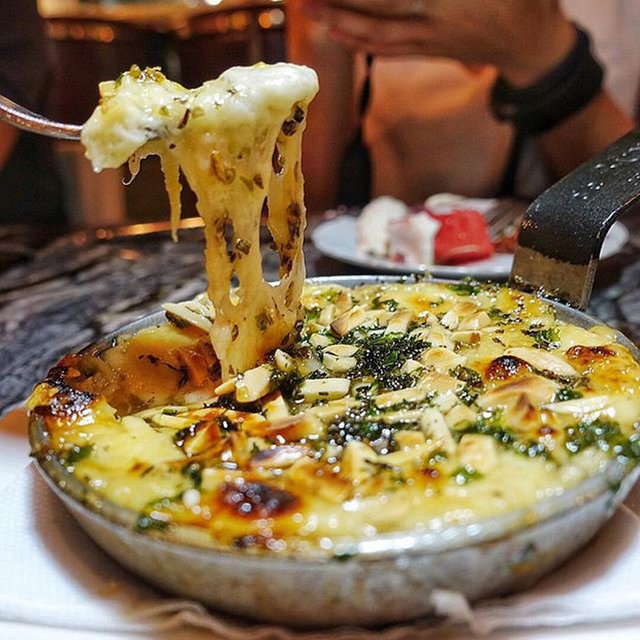
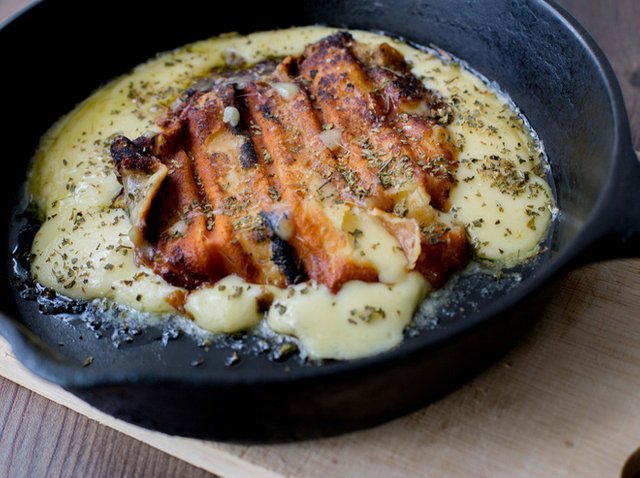
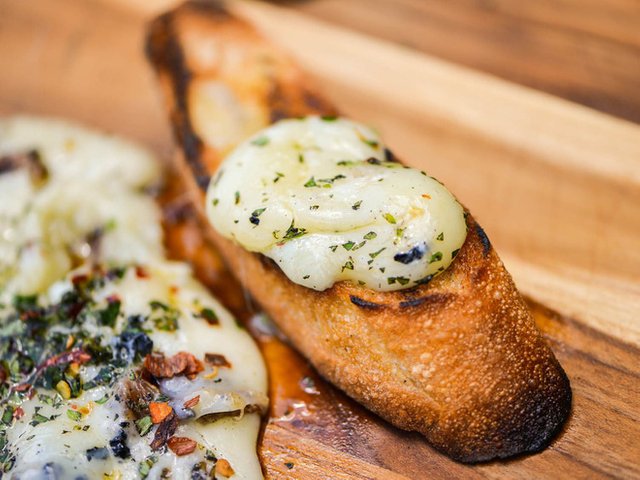
Besides, people are also ecstatic with crispy outside but when the lips are melted slightly fat, a little characteristic of cheese. This dish can be combined with the meat to taste or taste dots with bread as well as flavor.
- Empanadas: is a traditional Argentinean dumplings characterized by baked or fried. Therefore, each cake is yellowish and stimulated. The inside is also attractive to pork, beef or fish ... and mixed with corn, peppers, cheese to add flavor. Bake the cake with crispy crust, spread over the mouth, harmony and sophistication that drown customers.



- Humita: Humita in Argentina as a simple gift, packed full of flavor in the corn shell. Inside the main ingredients are fresh corn, onion, cheese, milk ... are cooked and then steamed. As a result, the dish smells naturally from the corn husk and harmonizes the sweet, fatty crisps when cheese melts in each ingredient.
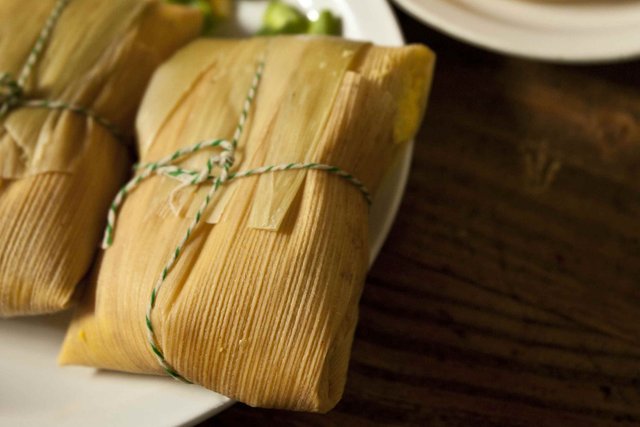
Humita was originally brought by the Spaniards, but when it came to this, there was some variation to suit the local taste. Today, Humita appears popular in family meals in Argentina.
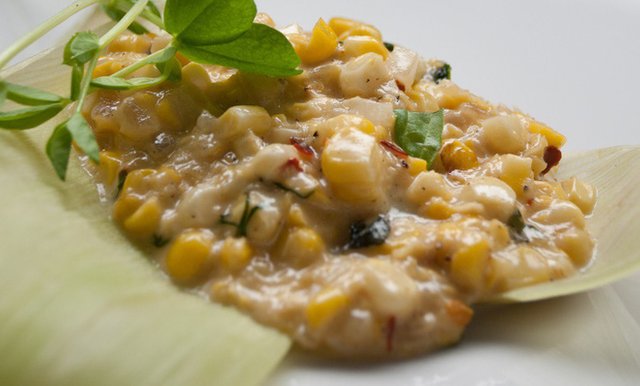
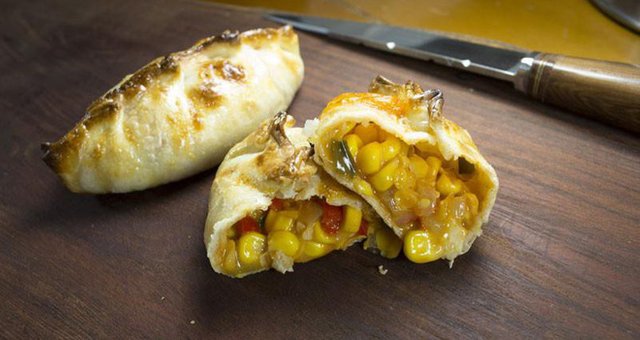
- Alfajores: The name seems strange, but Alfajores is actually a cracker, but is styled according to the taste here. Specifically, the cake will be sandwiched between jam, mousse or dulce de leche, a unique avocado butter in Argentina.

The cake looks pretty and the decoration is very subtle. Alfajores is an exotic dish imported from Arabia but brought by the Spaniards to Argentina. Here, the taste is loved thanks to the brittle, fat sweet and used for breakfast, dessert or even a kind of sipping all day.

Source: CNN, BBCgoodfood ...